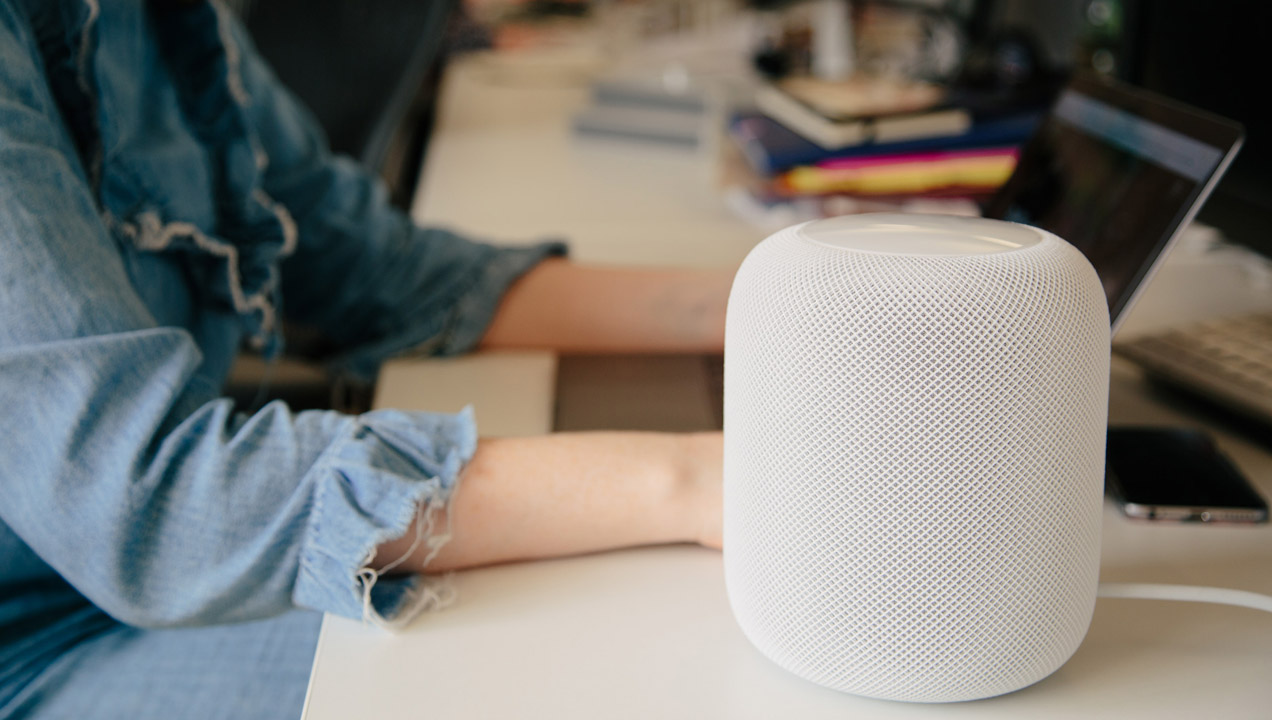Lab Insights: Voice Technology
Over the last few years the labs have been abuzz with chatter, and only some of it has been coming from the staff. Voice Assistants, once the realm of science fiction, have now become an everyday part of life, in the Labs where we design for them and at home where we use them.
In all of our time working to develop voice technology and help it find adoption, we have also developed some pretty strong opinions on the subject based on our design research, insights that we have been happy to share over time, but which we have now collated here for your ease in browsing them.

All image credit: Sutherland Labs
The Triumphant Return of Voice
We all like to think of new technologies springing into the world fully formed, but the huge game-changing technologies like voice actually have a development time that can stretch centuries, even if the people working on developing it never know the end-goal they are working towards. We are standing on the shoulders of giants to screw in voice-controlled smart lightbulbs.
Voice UI: Exploring the Invisible Frontier
In the cut-throat world of Voice UI, everyone is fighting to establish themselves as the gold standard by which all else is judged. Linguists and script-writers are now required to facilitate effective UX Design. The old psychological and behavioural tools that worked so well to predict which graphical interfaces would work the best need to be adapted for the new medium. It is an exciting time!
Voice and the Frictionless Workplace
The frictionless workplace is a technological utopia that will probably never exist outside of the imagination of experience designers, but Voice has provided them with a whole new tool for their thought experiments into how to render the regular working day completely free of difficulty. Even outside of the “ideal” there is no denying that voice technology has already provided incremental improvements in a variety of workplaces.
There are accessibility possibilities for voice technology that are still being fully realised, with integrated smart devices a voice assistant can completely revolutionise the life of somebody with mobility or visual impairments, but all of this pales in comparison to the amount of help a device with no learning curve brings to the table when you have a cognitive impairment like Alzheimer’s. Voice assistants are seeing widespread adoption as a vital tool in the fight back against dementia, and allowing older people to remain in their own homes for longer.
Voice and the Screen-Time Paradox
Every parent in the modern age has bumped heads with a child that wants more screen-time, but with the advent of Voice technology, doesn’t the whole argument become something of a moot point? Using voice, all of the necessary actions of life in a partially digital world can be managed without resorting to the dreaded screens. Something that should delight any parent or developmental psychologist.
Bathroom Voice Tech Makes a Splash at CES 2019
Voice technology is still going strong in 2019, with new innovations on display at the Consumer Electronics Show that inadvertently demonstrate the shape of things to come when it comes to future developments. The preponderance of devices intended for use in “Linger Spaces” around the home confirms much of our research into the subject, but also highlights the behavioural limitations of voice technology – in short, most people don’t want anyone, even an AI, listening when they go to the bathroom.
If these have given you a taste for Voice Technology and you would like to know more, reach out to our team info@sutherlandlabs.com and we will be happy to provide you with some insights that might be pertinent to the future of your industry.
